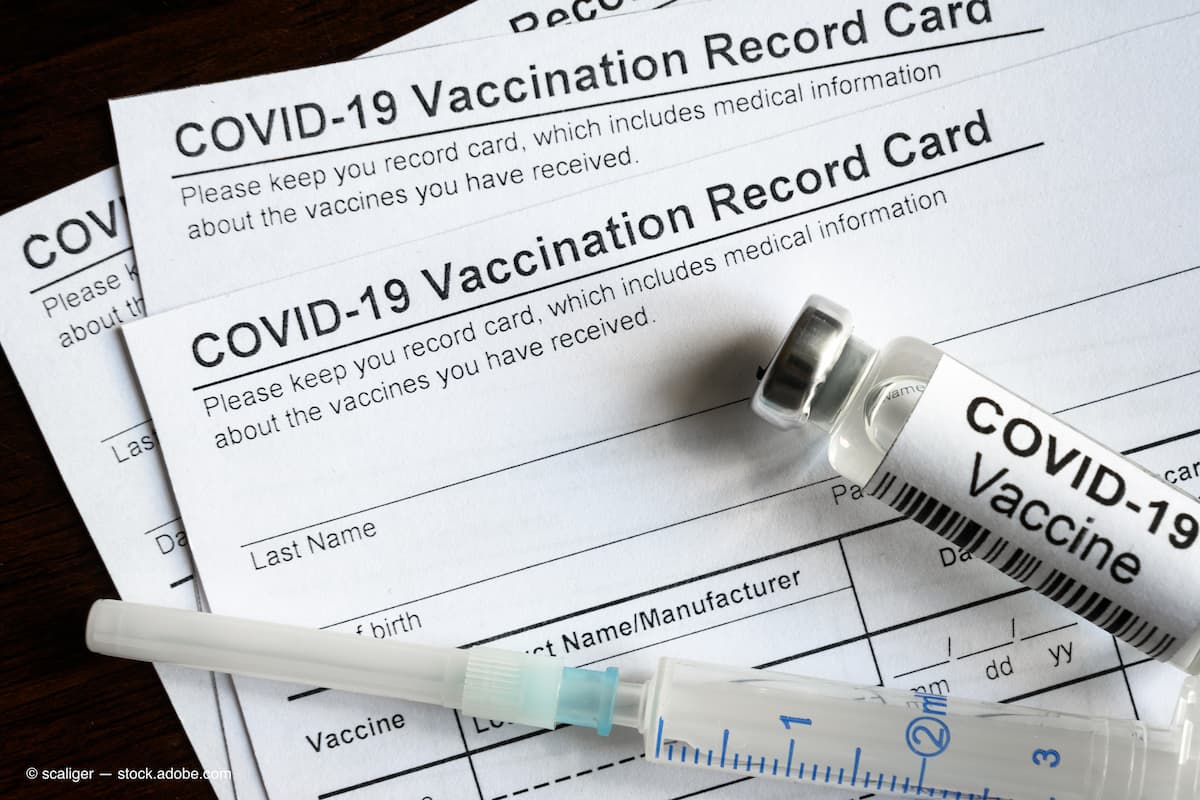Study: Hearing, visually impaired adults less likely to be vaccinated for COVID-19
A recent study shows US adults with hearing and visual impairments have lower rates of vaccination for the coronavirus.
A recent cross-sectional study1 shows that COVID-19 vaccination rates are lower among individuals with hearing and visual impairments, compared to those without.

Reported by Kea Turner, PhD, MPH, MA, from the Department of Health Outcomes and Behavior, Moffitt Cancer Center, Tampa, FL, and colleagues, the studyincluded adults who participated in the US Census Bureau Household Pulse Survey from April 2021 through March 2022.
The survey collected data on acquisition of the COVID-19 vaccine and determinants of health care access, including demographic and clinical characteristics, as well as social determinants of health, Turner described.
The primary outcome measure was the first COVID-19 vaccine.
The participating patients had difficulty seeing or hearing despite corrective measures or they were blind or deaf.
Assessment of impaired adults
The study included 916, 085 adults (mean age, 54.0 years; 52.0% women), most of whom (82.7%) started the COVID-19 vaccine series.
Compared with adults who were not visually impaired, those with serious visual impairment (mean difference, −6.3%, p <0 .001) and blindness (mean difference, −20.1%, p < 0.001) had lower COVID-19 vaccination rates.
Compared with adults who were not hearing impaired or deaf, adults with serious hearing impairment (mean difference, −2.1%; p =0 .003) and deafness (mean difference, −17.7%, p < 0.001) were less likely to start the COVID-19 vaccine process.
The adults who were the most seriously affected, i.e., those who were blind (p=0.009) or deaf (p=0.003), were less likely to start the series of vaccinations compared with those who were less visually or hearing impaired, respectively.
“The findings of this study suggest that COVID-19 vaccine initiation is lower among adults with vision or hearing disabilities compared with adults without disabilities; this information may inform initiatives to promote equitable and accessible vaccination. Additional research may be needed to monitor COVID-19 vaccination disparities among adults with vision or hearing disabilities and to address disparities,” the investigators concluded.
Reference
1. Turner K, Nguyen OT, Alishahi AM, et al. COVID-19 vaccination rates among US adults with vision or hearing disabilities. JAMA Ophthalmol. Published online August 11, 2022; doi:10.1001/jamaophthalmol.2022.3041
Newsletter
Want more insights like this? Subscribe to Optometry Times and get clinical pearls and practice tips delivered straight to your inbox.